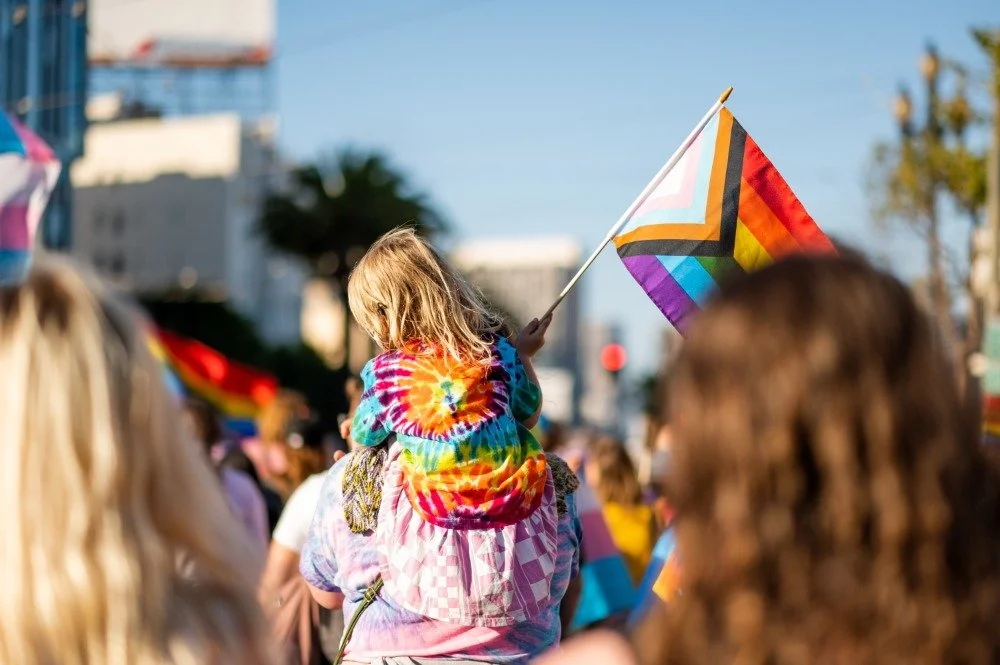Did you know that by age four most children have a stable sense of their gender identity(1)? They may not use the same language that adults use to express this, but may show us through other forms of self-expression such as social behaviors, who’s mannerisms and gestures they mimic, or what fashion choices they gravitate towards. Children have a sense of who they are attracted to between ages four and ten(2,3). As children age they continue to discover who they truly are, and how they identify. Unfortunately, youth who identify as being lesbian, gay, bisexual, transgender, or non-binary gender experience child sexual abuse at a rate of nearly three times more than their peers(3,4). In order to ensure that our children feel safe coming to us to discuss any questions or concerns they may have, we have to show them that we accept people of all genders and identities. This is something that we can start early and revisit often with children. We want to reinforce the message that we love them unconditionally, while simultaneously modeling for them what it can look like to support people in their lives who may come out to them someday. Below is a list of ways to celebrate Pride this month, and all year round!
• Reading Books: With children of all ages, reading books that show diverse characters is important. Not only does it help to build empathy for people who may be different than us, it can put words to something that we want to express to children but haven’t fully figured out how to yet. Take a moment this month to review your home’s selection or your to-be-read list you have going when you visit your local library to see if the books you and your children are reading have representation of the LGBTQIA+ community. Check out the NY Times 15 LGBTQ Books for Kids and Teens Recommended by Queer Librarians, Educators, and Independent Booksellers for recommendations.
• Attend Events: Attending events in support of the LGBTQIA+ community can be fun, educational, and even help to save lives! Whether or not someone in your family identifies as LGBTQIA+ many events welcome the whole community to come support those who are. Of course, there are events this month, but there are many others throughout the year on Pride Center of Vermont’s Calendar! Please note that some events are adult-focused, so be sure to get information in advance.
• Familiarize your family with local LGBTQIA+ Resources: Speaking of the Pride Center of Vermont, there are many LGBTQIA+ focused resources locally and nationally. Taking time to review these resources can prepare you should a child in your life ever benefit from accessing them. Letting youth know that you would always be willing to help them to reach out to any of these resources and that they could reach out on their own if they wanted to can be empowering. Of course, we also highly recommend all adults attend PCAVT’s Nurturing, Valuing, and Protecting LGBTQIA+ Youth training to learn more about these topics.
• Learn the history and consider what you’d like for the future: In today’s world it is easy to come across headlines of current events. While it is important to stay current on what is going on in the world now, it is also important to know how we got here. Take time to learn about LGBTQIA+ history if you are unfamiliar, and include youth in developmentally appropriate resources. Not only will this inform your understanding of current events, but it will enable you to have conversations with children about why it is so important for us to accept one another and use our abilities to ensure everyone has the right to live life fully.
Above all else, have conversations. In all the opportunities listed above and in many small moments of life the door is opened for us to speak about supporting one another. While scrolling through TikTok together or walking to a Pride event, find a way to discuss why you personally feel it’s important to make space for everyone or why certain moments of the past became historic. Not every conversation needs to be an in-depth heart-to-heart, and you may not always feel you have the right words to fully express how you feel. But, a child seeing that this topic is important to you and understanding that you will love them unconditionally could be exactly what they need in that moment.
1. Rafferty, J. (2018, September 18). Gender Identity Development in children
2 Telljohann, S. K., & Price, J. H. (1993). A qualitative examination of adolescent homosexuals' life experiences: Ramifications for secondary school personnel. Journal of homosexuality, 26(1), 41-56.
3 Murchison, G. R., Agénor, M., Reisner, S. L., & Watson, R. J. (2019). School restroom and locker room restrictions and sexual assault risk among transgender youth. Pediatrics, 143(6).
4 Friedman, M. S., Marshal, M. P., Guadamuz, T. E., Wei, C., Wong, C. F., Saewyc, E. M., & Stall, R. (2011). A meta-analysis of disparities in childhood sexual abuse, parental physical abuse, and peer victimization among sexual minority and sexual nonminority individuals. American journal of public health, 101(8), 1481-1494.

